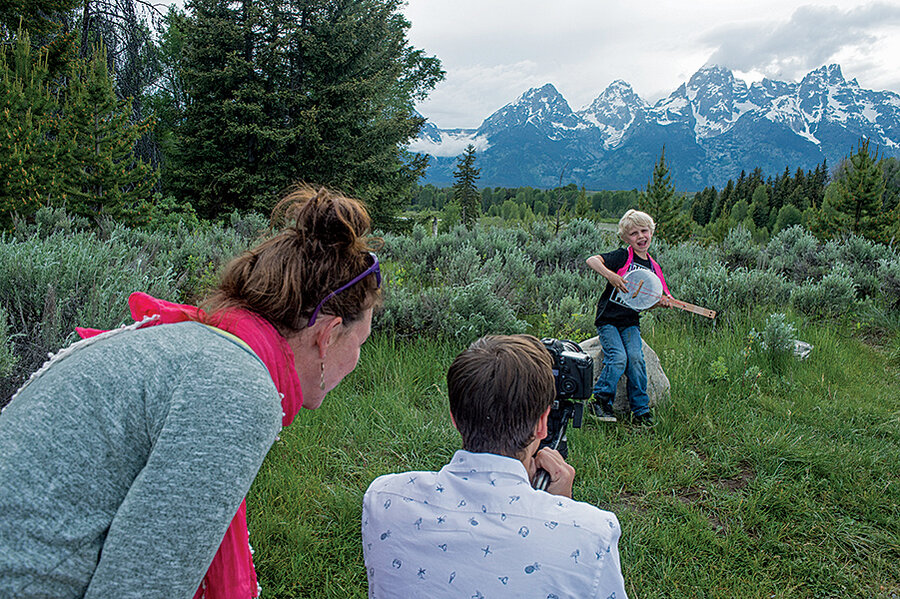This land, your land
Loading...
Israelites wept when they remembered Zion. Britons at the far reaches of their empire in the 19th century were fond of William Blake’s description of their “green and pleasant land.” Expatriate Germans or South Africans, Russians or Malaysians might long for the way evening lights look across a bay back home or on the street where their parents live. Memory binds nations.
Nations remember heroes and martyrs, discoverers and inventors, battlefields and sanctuaries. These memories are taught in schools, echoed by poets, politicians, and preachers, and reinforced by holidays and anniversaries.
But memories need an anchor in the real world. That’s where national parks, shrines, and memorials come in. A park can be as intimate as the 0.02-acre Thaddeus Kosciuszko home at 3rd and Pine in Philadelphia and as vast as Alaska’s Wrangell-St. Elias National Park, which contains four mountain ranges and could fit six Yellowstones inside it.
All have the same effect: They turn the abstract into the concrete. In Philadelphia, you can learn about a Polish freedom fighter in the Revolutionary War. In North America’s wild majesty, you can see the world as native Americans and pioneers first saw it.
The National Park Service, which manages these sites, is 100 years old in August. The anniversary comes at a time of not-so-good feeling in the United States. Election-year passions and put-downs are running high. Racial unrest has reemerged to challenge assumptions about American progress and colorblindness. Terrorism, violence, guns, drugs, and economic uncertainty cast shadows across the summer. There is no shortage of issues that divide Americans.
National parks are not one of them. They are a balm for everyone. They face challenges, but as Todd Wilkinson’s cover story notes (click here), their problems stem mostly from their success. They are so beloved and visited that human traffic is affecting their air, water, wildlife, even the concept of wilderness itself. Can sacred solitude and Burning Man crowds coexist?
That is a management problem for park rangers, for visitors, but ultimately for every citizen, because the parks are owned by every citizen. Capitalist, communist, and every gradient in between becomes Woody Guthrie when standing in a redwood forest or crossing a diamond desert.
Everyone can experience the parks. Each experience can be grand and intimate. I’ll never forget a time a few summers back when my wife, Robin, and I were driving over the Continental Divide in Rocky Mountain National Park. As we descended from tundra to tree line, we came upon an alpine stream. There were no “no trespassing” signs. The day was hot, so we rolled up our pant legs and waded. Golden flecks glinted everywhere in the crystalline water. Could we, I wondered, be standing in a place where erosion had suddenly carved into the mother lode?
Robin laughed at her 49er friend. She knew we were surrounded by fool’s gold. But we both knew this: We were standing in a stream at the top of the continent. It will always be our stream. And yours, too.






